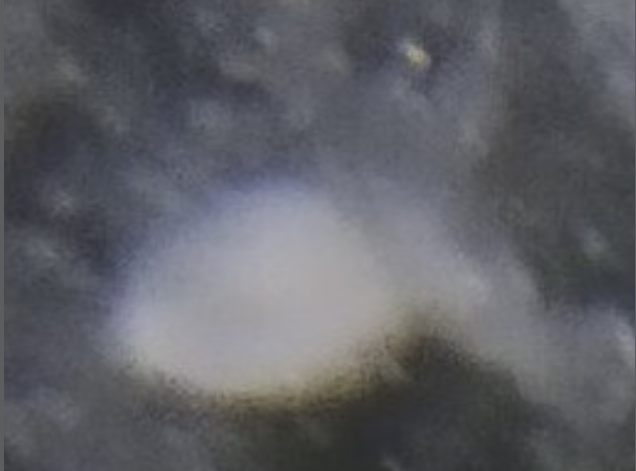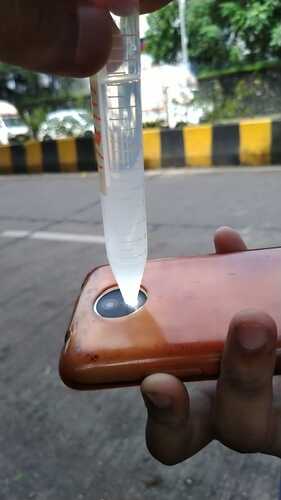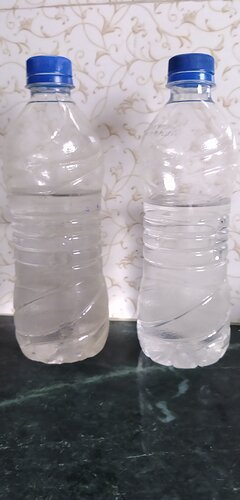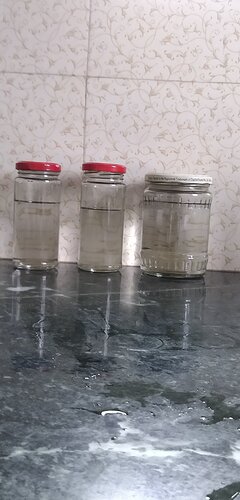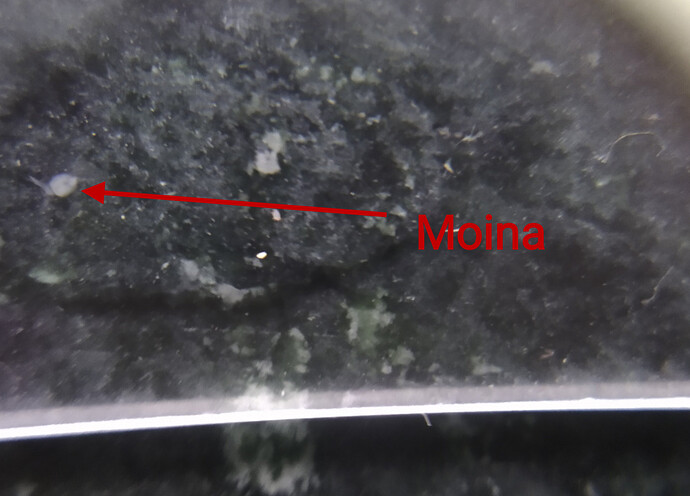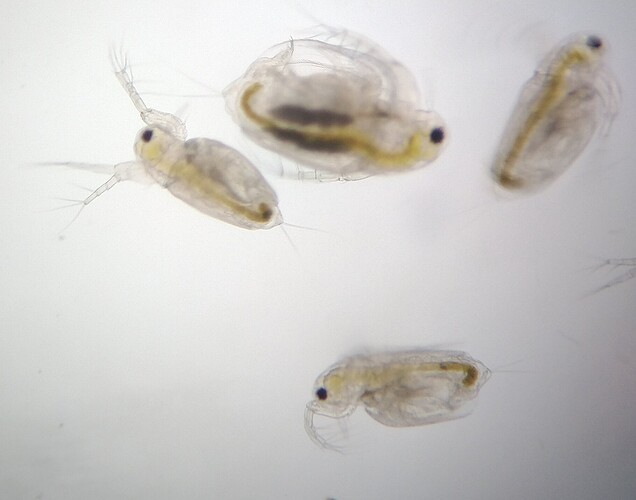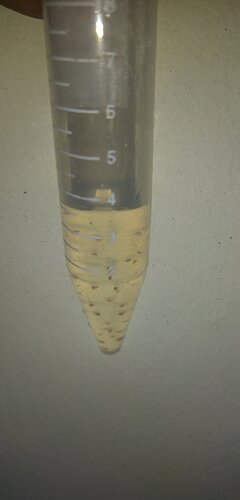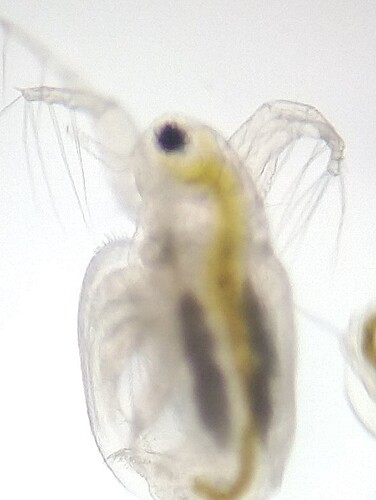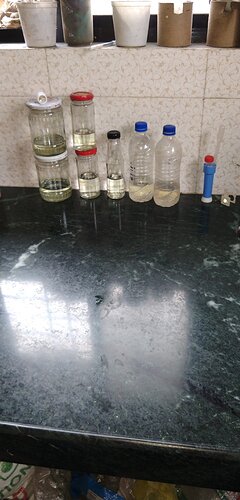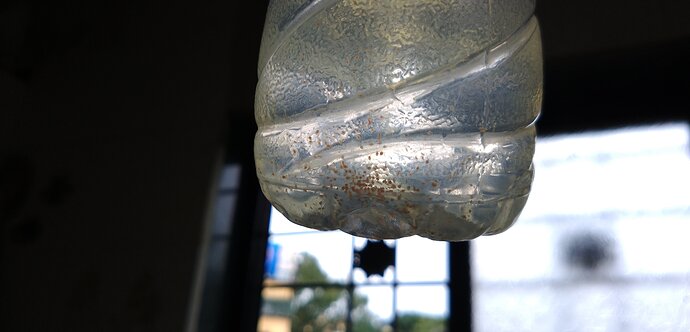01/08/2019
we collected moina(approx 15-20 in 13ml centrifuge tubes) from CUBE lab HBCSE,we carried them to Ulhas nagar at my home along with aprox 400 ml dc(dechlorinated water) in 2 plastic bottles from cube lab .
After reaching at home I transferred aprrox 10 - 10 moinas in both the bottles on same day .
02/08/2019
in each bottle number was observed around 15-20
then I kept 3 glass bottles 2(approx 250ml) 1 (500ml approx) for dechlorination of water .
03/08/2019
I transferred 5 moina in 2 glass bottles of 250 ml
10 moina in 1 glass bottle of 500 ml
Feeding
250ml bottles with 1 drop milk
500ml bottles with 2 drop milk
Plastic bottles with 2 drop milk
03/08/2019
Moina count bottle1 bottle 2
250ml bottles 7 10
500ml bottles 12
Plastic bottles 21 18
04/08/2019
Moina count bottle1 bottle 2
250ml bottles 15 18
500ml bottles 20
Plastic bottles 30 21
05/08/2019
Moina count bottle1 bottle 2
250ml bottles 13 22
500ml bottles 24
Plastic bottles 30 21
06/08/2019
Moina count bottle1 bottle 2
250ml bottles 26 28
500ml bottles 41
Plastic bottles 45 32
I Increased feeding by double
07/08/2019
Moina count bottle1 bottle 2
250ml bottles 30 20
500ml bottles 50
Plastic bottles 53 35
08/08/2019 (due to excess milk feeding water becomes turbid)
Moina count bottle1 bottle 2
250ml bottles 10 25
500ml bottles 45
Plastic bottles 40 28
09/08/2019
Moina count bottle1 bottle 2
250ml bottles 15 18
500ml bottles 20
Plastic bottles 30 21
10/08/2019
Moina count bottle 1 bottle2
250ml bottles 0 10
500ml bottles 25
Plastic bottles 60 50
11/08/2019
Now I’m again starting culture in
2 glass jasrs (500ml)
3 glass bottles (250ml)
This time I’ve added around 30-40ml dc water in all bottles + 1drop milk
In stock culture we can observe read moina clearly
Probably the count is also more than 

https://photos.app.goo.gl/seZk3Gccr7MUdA5h6
